Somewhere I read the Tortoise can finish a race
Thanks UFO and JS for giving me the courage to plug the Imperial in. I have just finished the 12 volt 30 minute first run of the Imperial using JohnStones full Monster circuit. After thirty minutes the fets were still without any heat. That's right, complete ambient temp. No need for fan at all with 12 volts at any frequency and 100% duty. The push button Arduino setup is sooooo handy as I have complete control of speed with LCD readout. Now I know that what you all want to see is video but 12 volts is tame. Let me get to 36 volts tomorrow and you will have video. I found that four fets gives the best performance for me as it does not stress fets at all. I do see that John was correct that it will go on two fets though. I still have to install the thermal overload shutdown program so if something does get hot it will shut down before major damage is done. John may know just what that maximum temp. should be before shutdown. See you all tomorrow. I will try to get scope shots and maybe Amps also.
Dana
PS: I do not think that I will sleep well tonight. Can't settle down.
Thanks UFO and JS for giving me the courage to plug the Imperial in. I have just finished the 12 volt 30 minute first run of the Imperial using JohnStones full Monster circuit. After thirty minutes the fets were still without any heat. That's right, complete ambient temp. No need for fan at all with 12 volts at any frequency and 100% duty. The push button Arduino setup is sooooo handy as I have complete control of speed with LCD readout. Now I know that what you all want to see is video but 12 volts is tame. Let me get to 36 volts tomorrow and you will have video. I found that four fets gives the best performance for me as it does not stress fets at all. I do see that John was correct that it will go on two fets though. I still have to install the thermal overload shutdown program so if something does get hot it will shut down before major damage is done. John may know just what that maximum temp. should be before shutdown. See you all tomorrow. I will try to get scope shots and maybe Amps also.
Dana
PS: I do not think that I will sleep well tonight. Can't settle down.

 I hope your fear has cooled down now.
I hope your fear has cooled down now. 

 goes. For an Imperial motor turning the Mecce Alte at 3200-3600 rpm, with an optimal rpm in there somewhere, maybe a coil-pair circuit should be tuned with additional coils/cpacitors such that its resonant freq would be that rpm (times 2 don't forget), or some multiple or harmonic???
goes. For an Imperial motor turning the Mecce Alte at 3200-3600 rpm, with an optimal rpm in there somewhere, maybe a coil-pair circuit should be tuned with additional coils/cpacitors such that its resonant freq would be that rpm (times 2 don't forget), or some multiple or harmonic??? Or at least opening the fire hydrant of cold electricity... Or am I the last guy here to understand this...
Or at least opening the fire hydrant of cold electricity... Or am I the last guy here to understand this...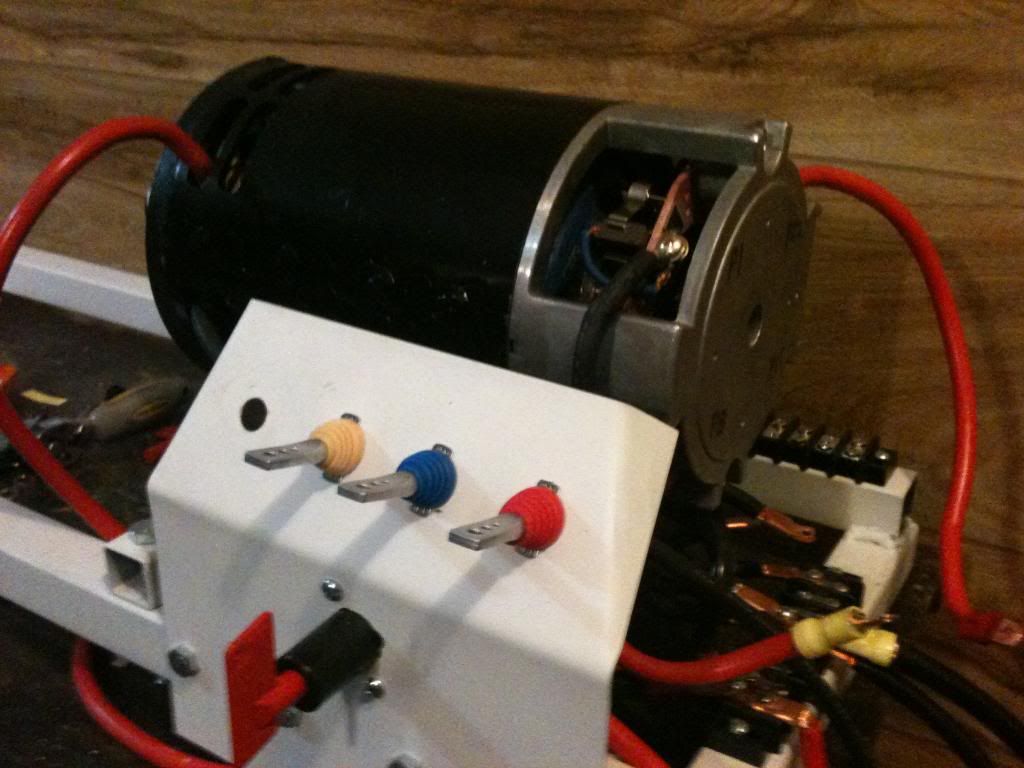
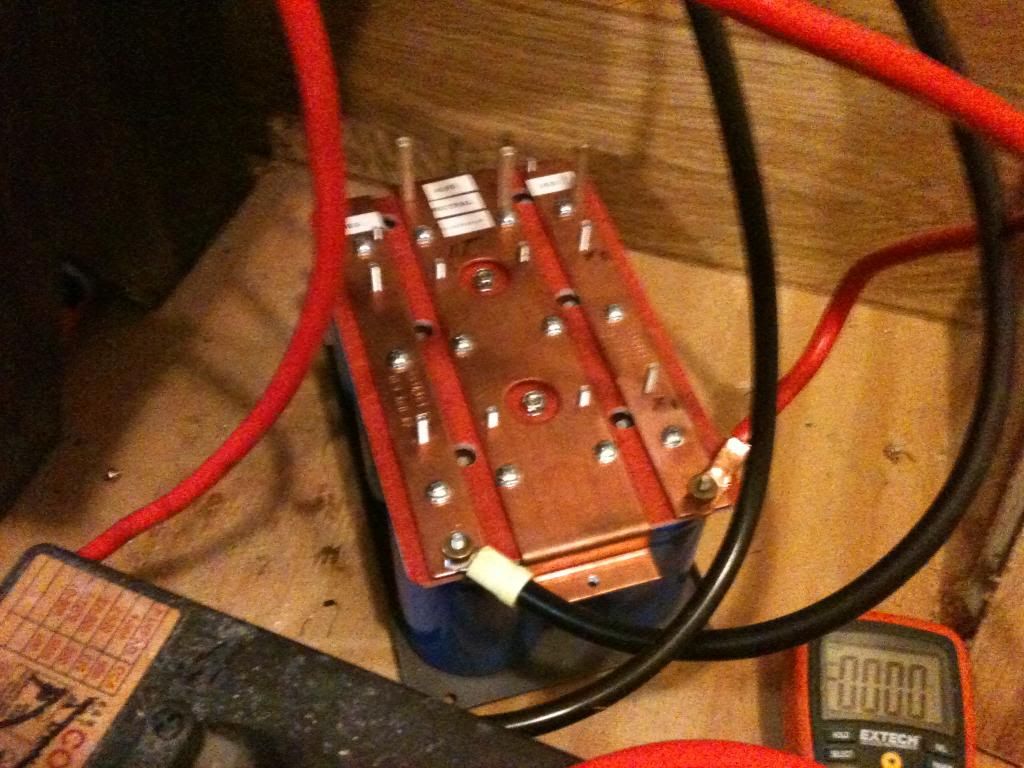
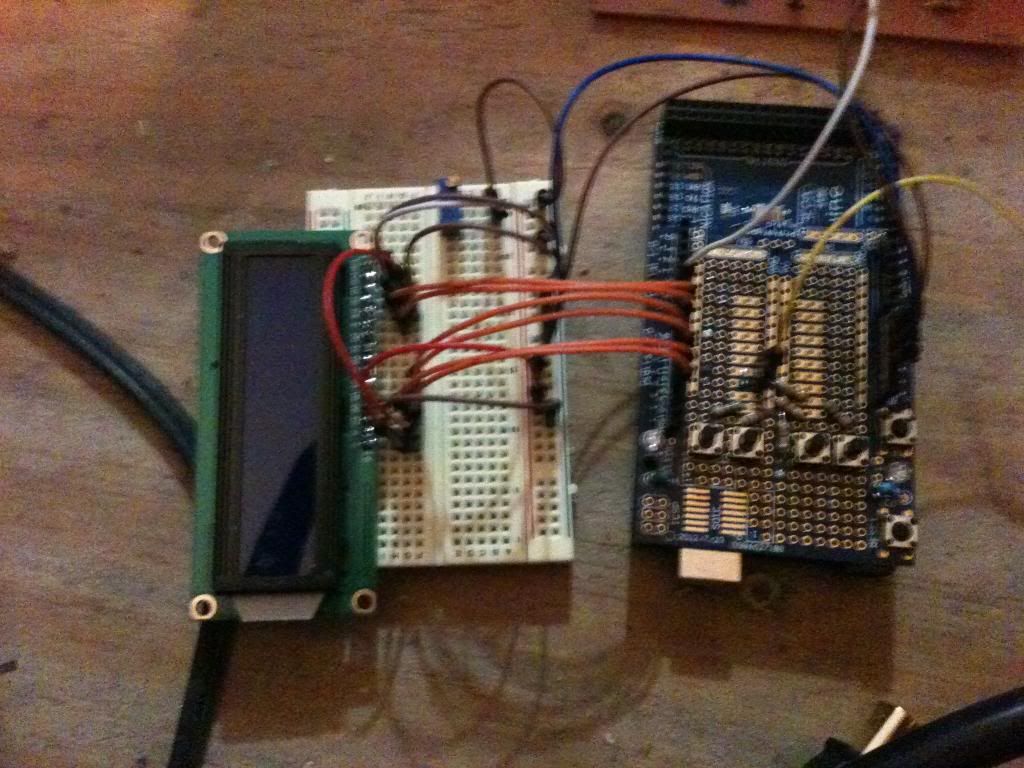
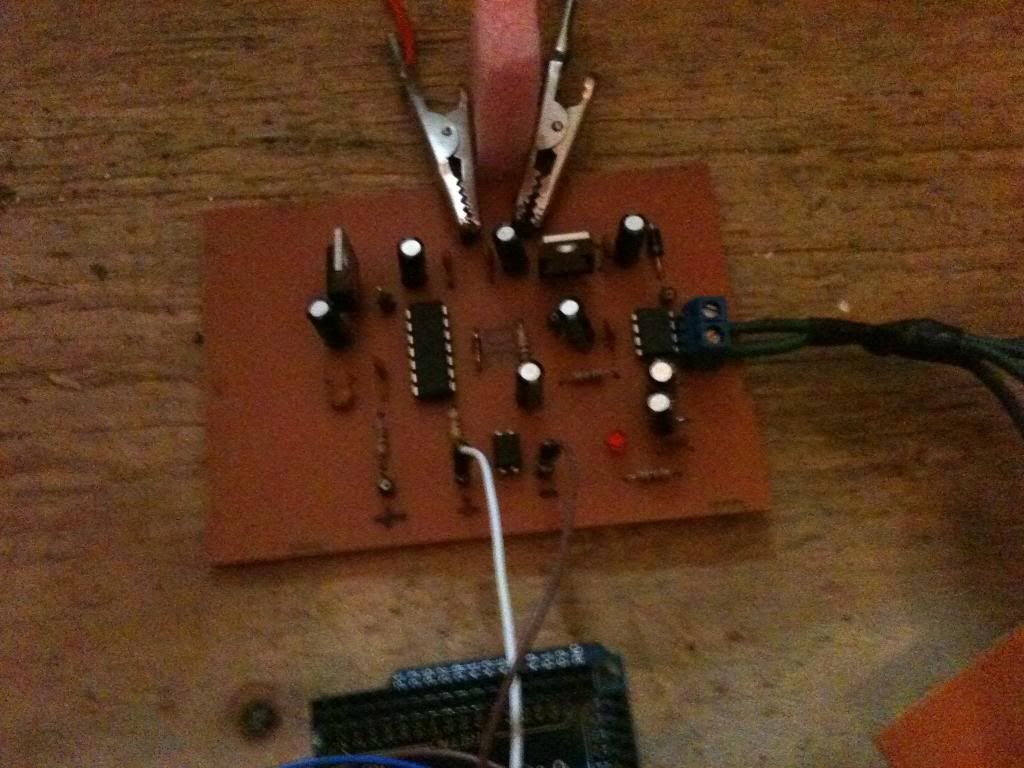
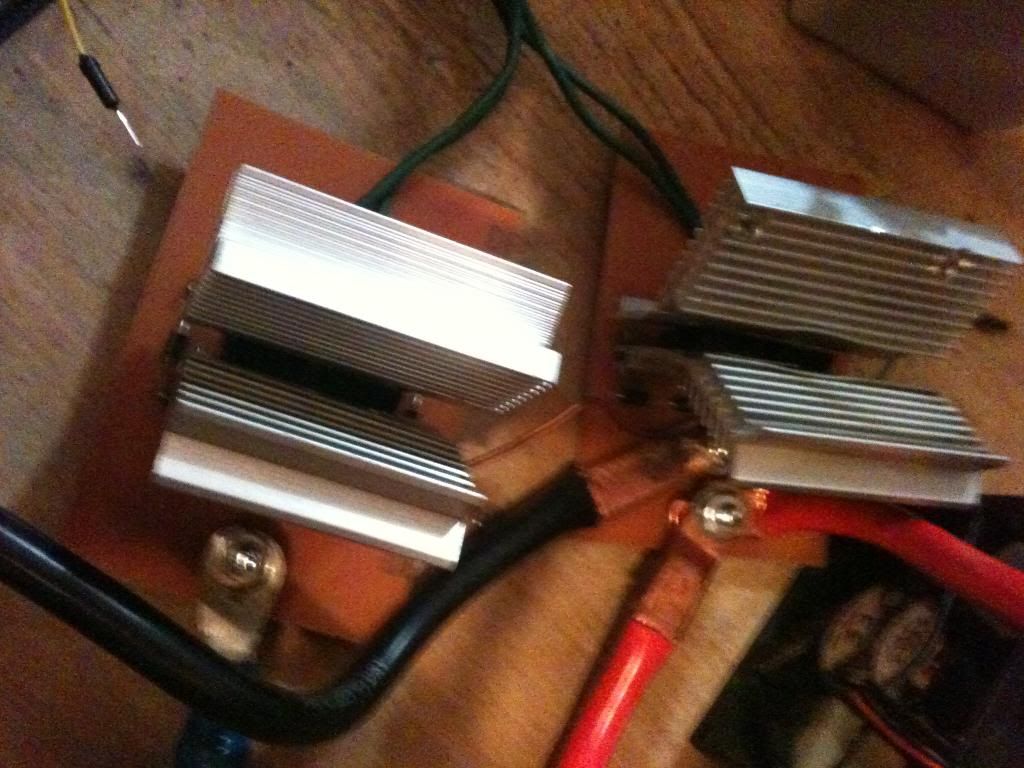


 Is there a visual reduction of sparking?
Is there a visual reduction of sparking? If there is, this could be the biggest Imperial motor first birthday party ever...
If there is, this could be the biggest Imperial motor first birthday party ever...
 ...or with a Coil like Bro D mentioned...
...or with a Coil like Bro D mentioned... 
Comment